
|
|
Year end 2022 - ElegAnt Solutions hereby announces to phase out its business activities as from 2023, due to a major decline in orders in the course of the covid plandemic. ElegAnt Solutions already deleted its LinkedIn account earlier this year in response to the platform's censorship of a number of key critical posts. ElegAnt Solutions hereby would like to thank its clients for their trust and support over the past 18 years!
February 2019 - Antennas have losses, causing part of the RF power to be dissipated rather than radiated. As antennas shrink in size, and often are integrated on lossy pcb, their 'radiation efficiency' is challenged. Not many think of antennas as getting 'hot', but antennas really do warm up in transmit operation. ElegAnt Solutions has started investigating how to measure the radiation efficiency of electrically (and also physically) small antennas.
Today, only coarse indicative assessments of radiation efficiency can be made, for instance of ElegAnt Solutions' low-profile 'CMMA'-antenna for 2.45 GHz in the picture on the right, which evidently is not accurate enough. Goal is to further improve the setup and when ready and proven, to use it for the experimental assessment and comparison of small antenna structures, on this antenna parameter of growing importance. Please note that radiation efficiency has little or nothing to do with tuning or matching. Perfect matching and mediocre radiation efficiency can go hand in hand, the best example being a dummy load with perfect matching but zero radiation efficiency.
It was quite a puzzle to get everything up and running (with additional parts almost 100% from demolished old pc and tv pcb's) but it works, and works well! A valuable addition to the range of measurement instruments of ElegAnt Solutions.
Not only the correct and consistent translation of nearly 700 pages of text, riddled with many hundreds of concepts and formulas, drawings with inscriptions, and student exercises, was a challenge. The far corners of the used Microsoft Word editing program were as well, in a quest to achieve delivering complex formulas, two separate page numberings, dynamic references, footnotes, an author index and a subject index with a few thousand entries in a print-ready file. The special thing about this book on antennas is that it was written by a mathematician and an RF-engineer, together, being colleagues in the famous Bell Telephone Laboratories at the time, thereby linking an appealing physical insight into the functioning of antennas to a solid mathematical description of the behavior of antennas in all of its aspects. Even today, at a time when antennas are often designed with simulators, this is still information that is very useful for understanding. The many practical examples may sometimes appear somewhat outdated, but nonetheless have their worth, and otherwise ensure a pleasant nostalgic note.
Click on the images to see larger versions. (Dependent on your browser, a new tab may be opened.)
Only a few copies of the translation have been printed: only for personal use and circulation in private circle. Publisher Wiley of the original book did not grant permission to publish the translation. But there would have been very few prospective buyers anyway. If you are interested, you can inquire about the possibility to borrow one of the copies. To give you a flavor of what subjects are covered in the book, you can have a look at the Table of Contents (in Dutch, of course).
April 2017 - Last year, Hans Van Bruggen, owner-director of ElegAnt Solutions, found an interesting new way to build very compact electrically short monopole antennas with built-in matching. Instead of protecting the idea, he decided to have it published in sufficient detail to allow anyone to build one's own 'Compact Matched Monopole Antenna' (CMMA). Whether you are a radio amateur or a professional antenna designer: he invites you to take a look at his idea to see if it can be beneficial for your purposes.
Please do not mistake the CMMA for an elevated 'capacitor antenna'. Just like the top-hat monopole it is essentially the vertical radiator that does the radiating. The antenna pattern and gain therefore are very similar to the 'top-hat'. In the picture on the right a 50 ohms 2.45 GHz CMMA with SMA-connector, in an acrylic enclosure of height 14 mm and diameter 30 mm, is ready for through-hole mounting on a ground plane. Below is the construction drawing for a 50 ohms 480 MHz CMMA (dimensions in mm):
The article that was written is titled: "Breaking the Monopoly on Base-Fed Short Monopoles, Meet the CMMA". It shows examples of CMMA's for 480 MHz, 2.4 GHz and 5.8 GHz. Read about it in High Frequency Electronics magazine, April 2017 issue: http://highfrequencyelectronics.com/images/HFEpdfs/2017/HFE0417_OE.pdf
December 2015 - ElegAnt Solutions exists 11 years now, and the past few years we have carried out a number of interesting RF projects again. The number of translation projects however has gained share. ElegAnt Solutions is particularly proud to have been selected, in 2014, to provide a detailed technical review of the draft version for the revised and extended second edition of The Art and Science of Ultrawideband Antennas written by Dr. Hans G. Schantz (Artech House, 2015; ISBN 13: 978-1-60807-955-1, 563 pages). Apart from this book, the library of ElegAnt Solutions has also been enriched by the acquisition of an interesting and insight offering book written by Dr. Joel P. Dunsmore, one of the veterans of the former HP company who have developed the well-known HP8753-series of vector network analyzers: Handbook of Microwave Component Measurements with Advanced VNA Techniques (Wiley, 2012; ISBN 9781119979555, 611 pages).
September 2011 - Recently ElegAnt Solutions' library could be extended with two nice, classic, standard works on radio and antennas:
William I. Orr: The Radio Handbook Fifteenth Edition (Editors and
Engineers, Ltd., 1959) The latter book offers really interesting material for the study of wideband antennas. Author Harald T. Friis is well known for his formulas on radio transmission and receiver noise.
Year-end 2008 - 2008 was a year with satisfactory business results. We have welcomed some new customers who are active in the field of remote sensing, with very interesting projects going on. In 2009, ElegAnt Solutions will celebrate its 5th anniversary and it is with confidence that we look forward to the new year. If necessary in this time of economic downturn, we have sufficient reserves available. As a client you can be assured of continuity. ElegAnt Solutions wishes all of its customers and other relations a successful new year, with many creative ideas and challenging new wireless projects!
May 2008 - Two new library investments of ElegAnt
Solutions:
February 2008 - Already for some time, ElegAnt
Solutions is gaining insight in, and experience with, the design
of multi-octave, omnidirectional (ultra) wideband antennas. Antennas
for instance for the transmission or reception of DVB-T broadcasts in
the higher VHF and UHF range between 200 and 850 MHz, or antennas for
UWB pulse communications in the GHz range.
Often, antenna designs are called wideband or broadband as soon as
they exhibit a low return loss over a wide range of frequencies (e.g.
logperiodic antennas, the discone antenna, the biconical or spherical
dipole). However, it is also important to consider issues like dispersion
and radiation pattern. Biggest challenge in designing good multi-octave
wideband antennas is suppression of higher order resonance current distributions.
Multiple current maxima along the antenna body cause frequency dependent
sidelobes in the radiation pattern of the antenna. The broad main lobe
for lower frequencies splits up into multiple sidelobes at higher
frequencies. This may result
in unwanted effects such as coverage problems on particular higher-frequency
DVB-T channels, or angle dependent UWB pulse distortion.
November 2007 - ElegAnt Solutions celebrated its 3rd anniversary in September (2007), and is currently working a.o. on the design of special antennas for UHF RFID application.
September 2006 - Some recent investments of
ElegAnt Solutions: 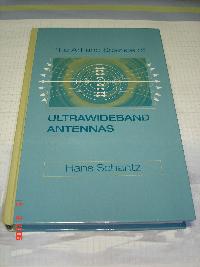  
Schantz: The Art and Science of Ultrawideband Antennas (Artech House, 2005) Miron: Small Antenna Design (Newnes/Elsevier, 2006) Balanis: Antenna Theory 3rd Edition (Wiley, 2005)
August 2005 - ElegAnt Solutions has entered a business partnership with translation agency Krivaja Translations (www.krivaja.nl) to work together offering swift and high-quality translations English to Dutch and German to Dutch to publishers of technical/scientific texts (textbooks, magazines, manuals). |
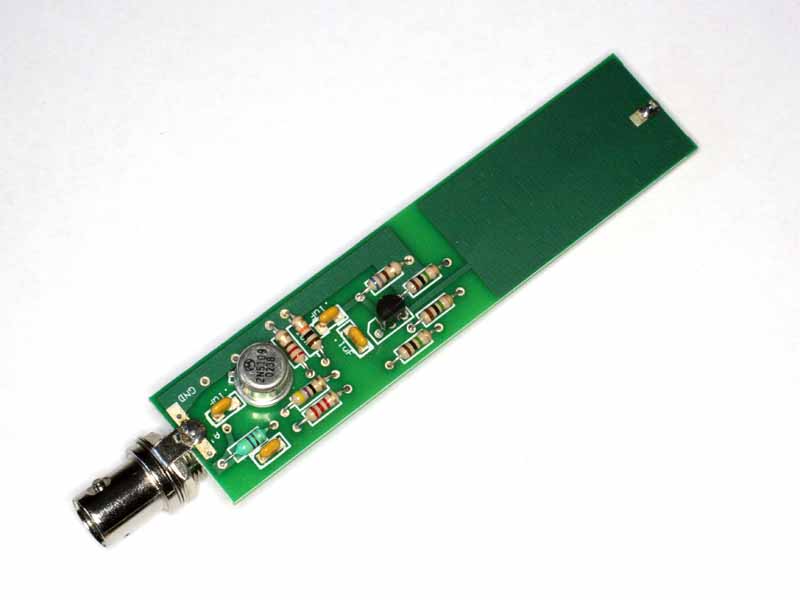 August 2024 - Now that
August 2024 - Now that 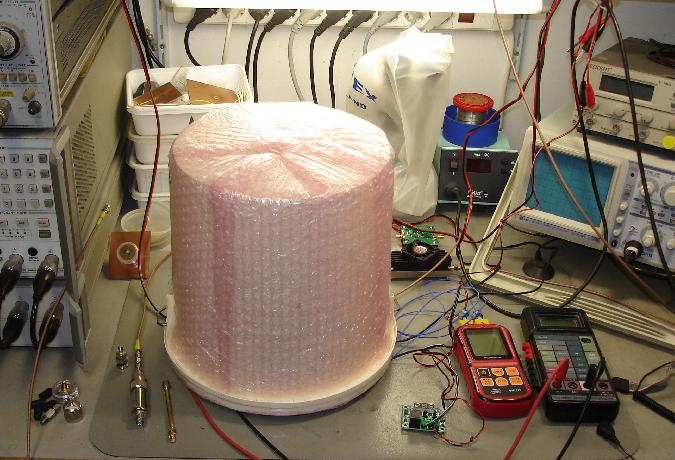 Measuring
radiation efficiency is one of the biggest challenges in antenna design. There
are several methods to it, but they all have their specific drawbacks and pitfalls.
Measuring
radiation efficiency is one of the biggest challenges in antenna design. There
are several methods to it, but they all have their specific drawbacks and pitfalls.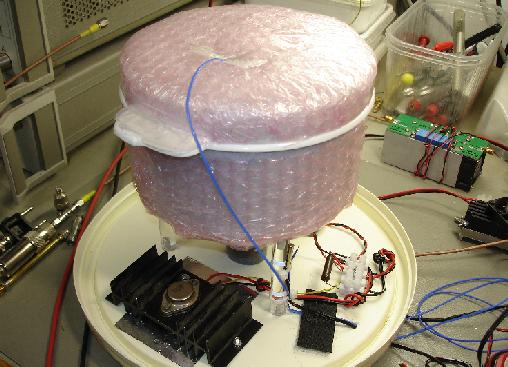
 To be honest, the experimental measurement setup as it is to date appears not
yet adequate to deliver reliable, repeatable results. A few shortcomings have
already been addressed, but the first (calibration) measurements are still not
satisfying or convincing.
To be honest, the experimental measurement setup as it is to date appears not
yet adequate to deliver reliable, repeatable results. A few shortcomings have
already been addressed, but the first (calibration) measurements are still not
satisfying or convincing.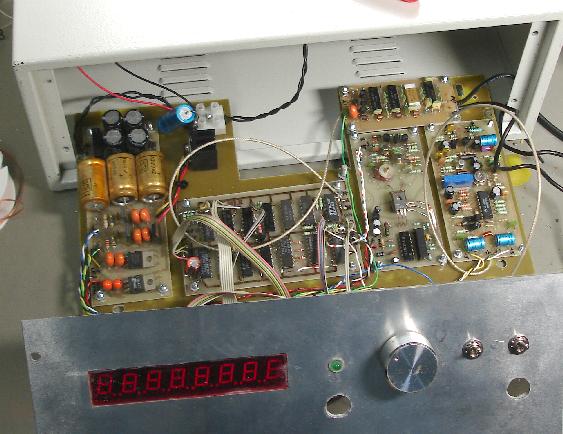 January 2019 - Hans Van Bruggen, owner-director of
January 2019 - Hans Van Bruggen, owner-director of  after a design
that stems from the late 1980's. As far as known, it was from a Dutch radio amateur with
callsign PA3AVP (silent key now), and presented as a DIY-project by the Eindhoven branch of the Dutch
radio amateur society called VERON. Without much description, a set of schematic
diagrams, together with pcb's and the most
important components, was available at the time. This set and his then unfinished project
have been saved by Hans Van
Bruggen ever since.
after a design
that stems from the late 1980's. As far as known, it was from a Dutch radio amateur with
callsign PA3AVP (silent key now), and presented as a DIY-project by the Eindhoven branch of the Dutch
radio amateur society called VERON. Without much description, a set of schematic
diagrams, together with pcb's and the most
important components, was available at the time. This set and his then unfinished project
have been saved by Hans Van
Bruggen ever since.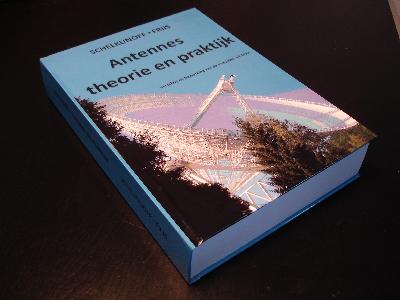 December 2018 - Hans
Van Bruggen, owner-director of
December 2018 - Hans
Van Bruggen, owner-director of 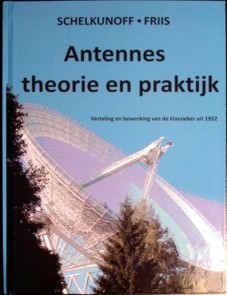
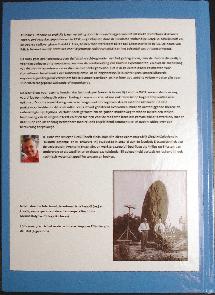
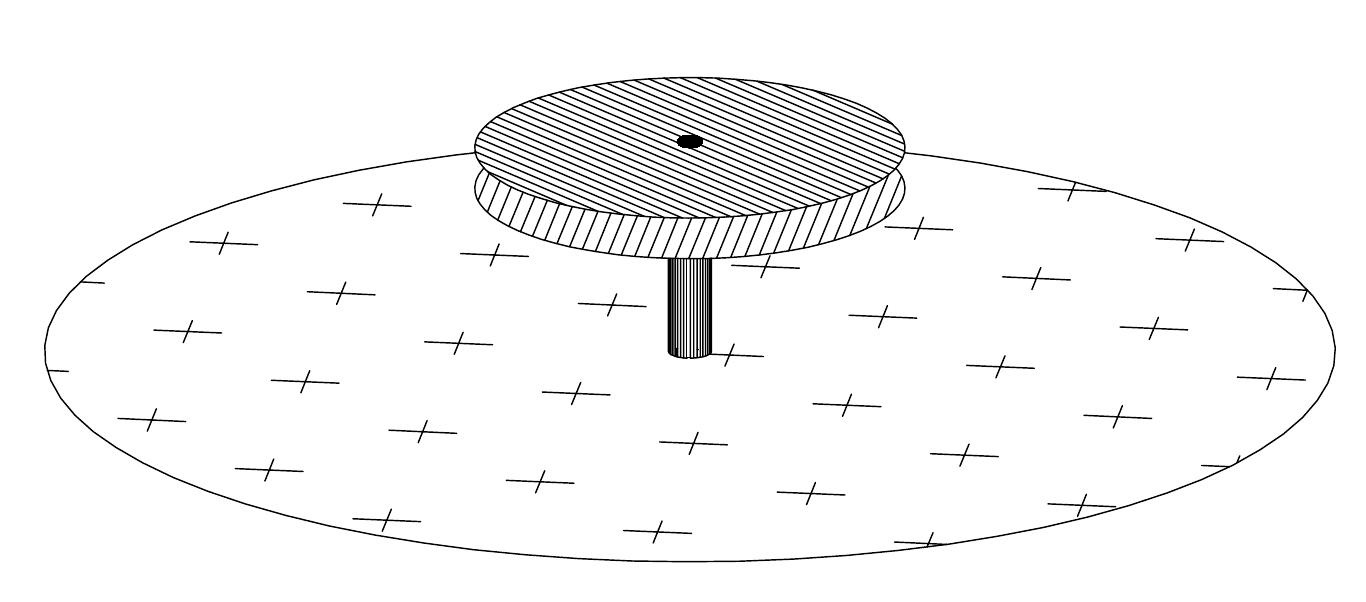
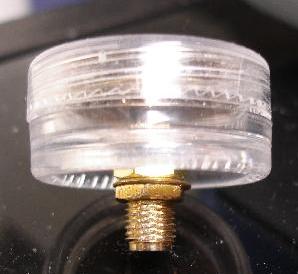 At
first sight, the CMMA resembles the classical short monopole antenna with top-hat, but
with two disks instead of one. There are more differences. The major
advantage of this antenna over the classical 'top-hat' is that, regardless of
its chosen radiator height, it can be given a specific impedance (e.g. 50 ohms)
to perfectly match the feedline, by tailoring the two disks. There is no need
for an external matching network.
At
first sight, the CMMA resembles the classical short monopole antenna with top-hat, but
with two disks instead of one. There are more differences. The major
advantage of this antenna over the classical 'top-hat' is that, regardless of
its chosen radiator height, it can be given a specific impedance (e.g. 50 ohms)
to perfectly match the feedline, by tailoring the two disks. There is no need
for an external matching network.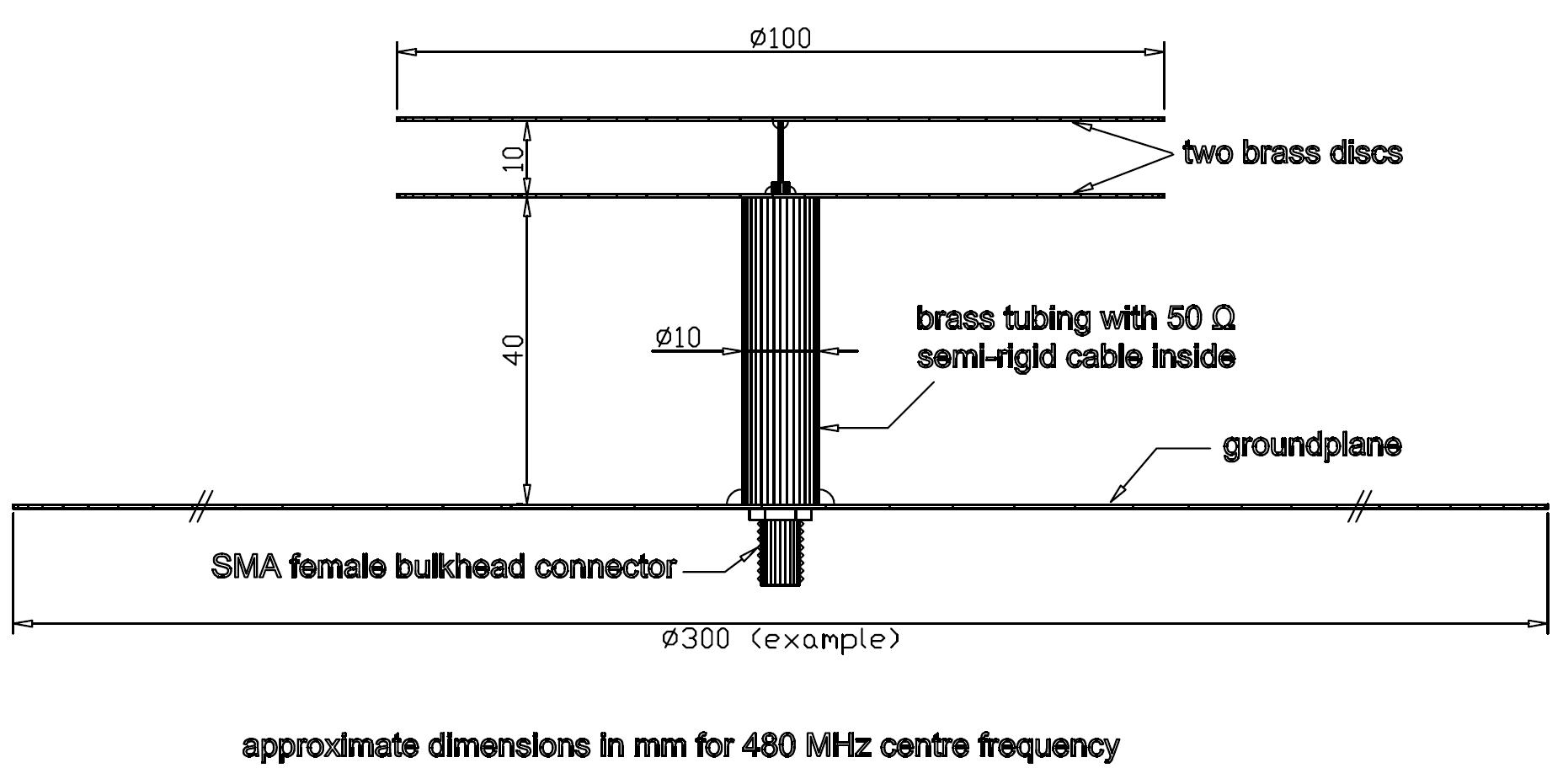
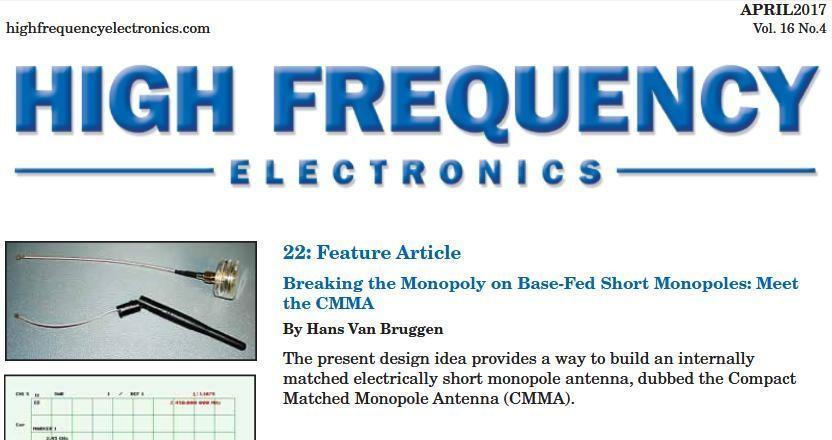
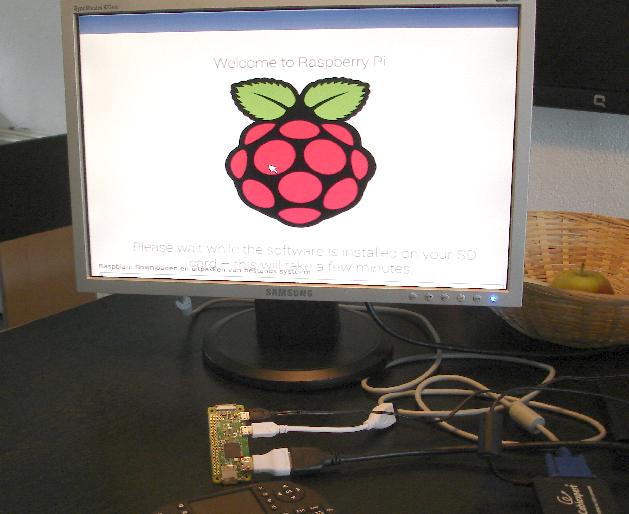 March 2017 - There
is a new Raspberry Pi
computer board (the
March 2017 - There
is a new Raspberry Pi
computer board (the
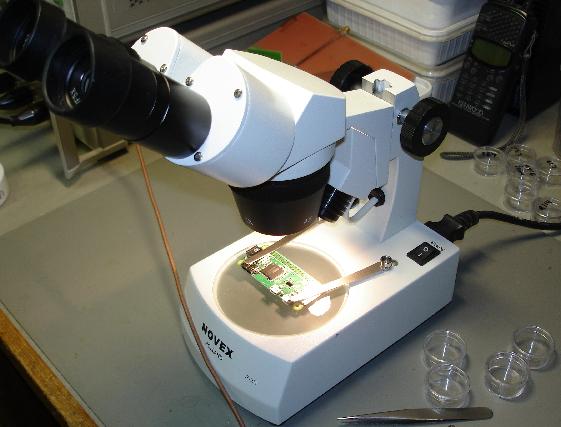 The first good news is that this antenna works great. It is tuned quite well,
has a neat convenient bandwidth for such a tiny antenna, has a good power match
and radiates to all sides (no specifics here). Kudos for Proant! The
second good news is that the RPI board has survived this antenna scrutiny and
from now on can be used for many nice computing experiments to come.
The first good news is that this antenna works great. It is tuned quite well,
has a neat convenient bandwidth for such a tiny antenna, has a good power match
and radiates to all sides (no specifics here). Kudos for Proant! The
second good news is that the RPI board has survived this antenna scrutiny and
from now on can be used for many nice computing experiments to come.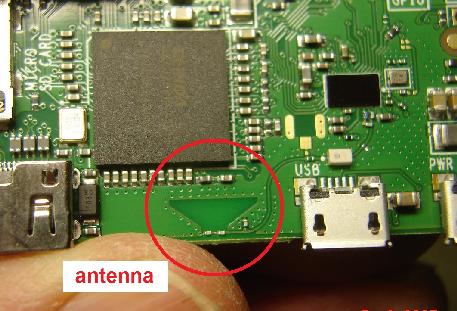 A
warning for RPI Zero W users: be aware that anything that comes close to the
antenna (e.g. wires, a desktop surface where the board resides on) may detune it
and degrade the board's wireless range to a certain extent. And be sure to use
RF-transparent plastics for housing the board.
A
warning for RPI Zero W users: be aware that anything that comes close to the
antenna (e.g. wires, a desktop surface where the board resides on) may detune it
and degrade the board's wireless range to a certain extent. And be sure to use
RF-transparent plastics for housing the board.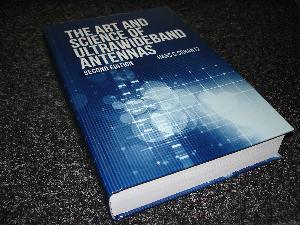


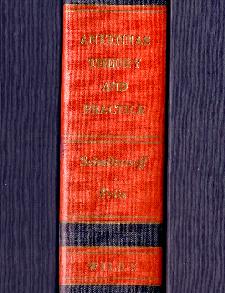
 July 2009 - In September 2009,
July 2009 - In September 2009, 
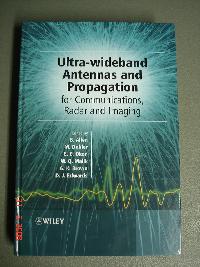



 May
2006 - As from July 1, 2006,
May
2006 - As from July 1, 2006, 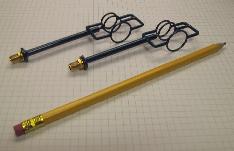 December
2005 - The number of RF design jobs granted to
December
2005 - The number of RF design jobs granted to 